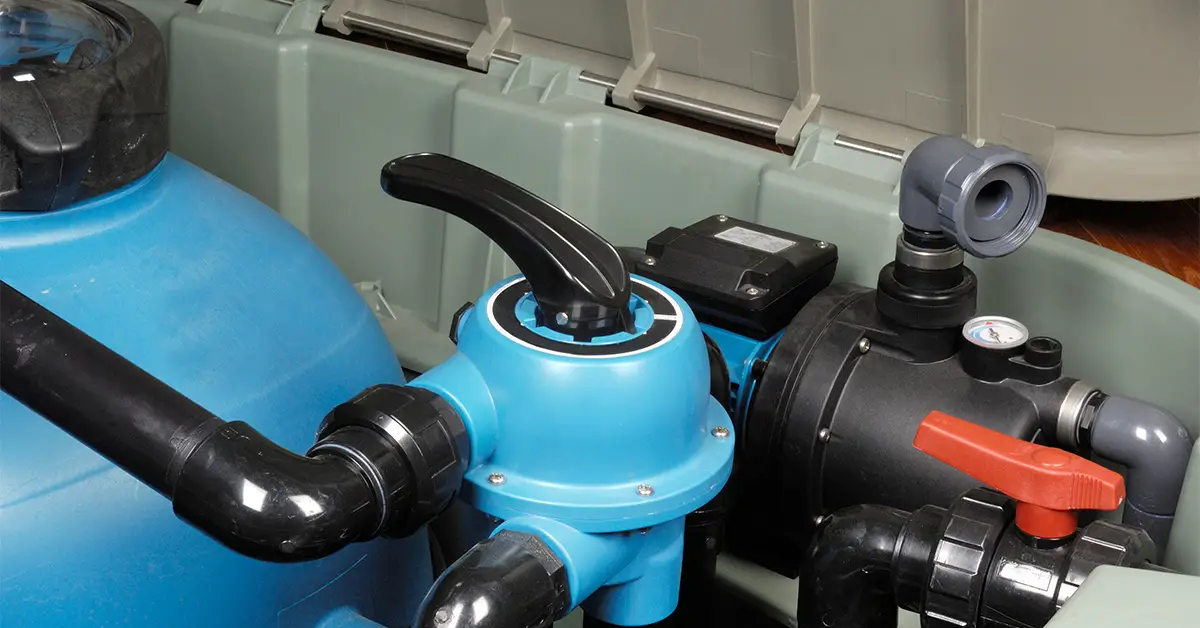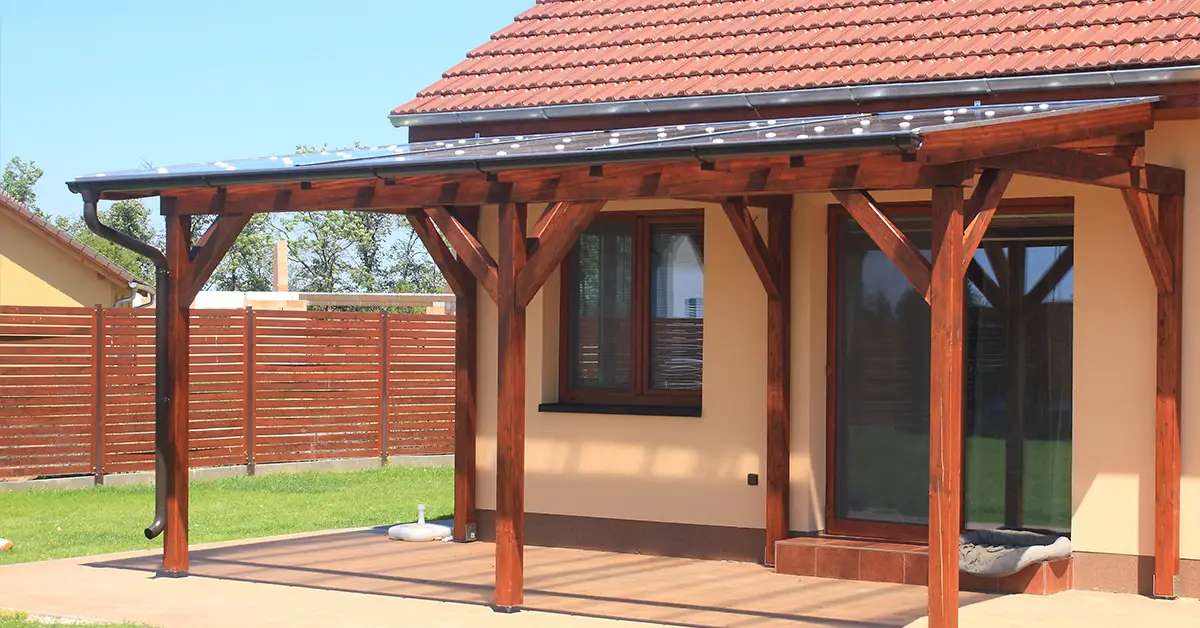Any person that spends a lot of time working in the kitchen knows that counter space is extremely valuable. You practically cannot get enough of it, so while you may love your small appliances like your microwave, they can also be frustrating if they constantly are taking up key counter real estate.
A great way to clear off space by getting your microwave off of your counter is to move your microwave up into one of your cabinets. However, you cannot just put any old microwave in any old cabinet and assume that it will work out. Some microwaves need the open air that going on the counter provides in order to not overheat and catch on fire.
The good news is, most microwaves can go in the cabinet as long as you take proper precautions. Just make sure you allow for plenty of ventilation space and read the instruction manual.
Table of Contents
What Microwaves Can You Put In Your Cabinet
If you have the money and the time, the best microwaves to put into your cabinets are the ones designed to be built into cabinets. These microwaves usually vent out of the bottom or front and are designed to not overheat even when they are fit snuggly into a small space. However, adding a built-in microwave if you do not already have one can take a good bit of time and money to put in. It often takes removing and/or adding new cabinets, electrical wiring, and more.
If you do not want to go the built-in microwave route, it is possible to take an on-the-counter microwave and move it into your cabinet. There are some microwaves (especially older ones) that specifically warn against this and those you should avoid, but there are plenty that will be okay as long as you take the proper safety precautions. In fact, what determines which microwaves you can and can’t put in your microwave depends more on the size of your cabinets than anything else.
In the next section, we are going to take a look at some of the more specific and important considerations to take when moving your microwave from your counter to your cabinet.
How to Move Your Microwave from the Counter to the Cabinet
1) Ventilation is Key
Ventilation is without a doubt the most important thing to take into consideration when you are planning to put a microwave in your cabinet. Without ventilation, you will likely end up with a dangerous and costly fire. You need to start by checking out where your microwave’s vent is. It is often on the back, but you may also find it on one of the sides or on the top. Wherever it is, you are going to want to leave the most space on that side when you put it in the microwave so it can keep working exactly how it is supposed to work.
2) Measure Your Microwave and Your Cabinets
Now that you have located where the vent is, you want to measure the microwave and your cabinets. Sometimes people make the mistake of just picking up the microwave and sliding it into any cabinet that it fits into. In fact, they often pick the cabinet that it fits tightly into because they think that it looks better without lots of space around the edges.
However, it is not enough for the microwave to simply fit inside the cabinet. You need the microwave to fit inside the cabinet with several inches of free space on each side of it and behind it. This way, the air can continue circulating like it does when it is out on an open countertop. Circulating air helps the microwave not overheating.
3) Double Check the Instruction Manual
The two previous safety points will allow you to move almost any microwave from on your counter into your cabinet. However, it is always a good idea to read through your microwave’s instruction manual before making any major changes or moving your microwave somewhere it might not be designed for. Some microwaves, especially some older microwaves, will have specific warnings against putting it in a cabinet. The safest thing is always to follow the warnings on your microwave’s manual.
In your instruction manual, it will also more than likely tell you what kind of clearance your microwave needs for the vents to work properly. This will help you figure out how much space you need around your microwave to avoid the risk of it overheating or catching on fire.
Additionally, even if the instruction manual does not say it cannot go in cabinets, if your microwave is already having problems with overheating when it is out on your counter, you definitely do not want to move it into a cabinet.
How to Make Your Cabinet Microwave Look Good
While having plenty of space around your microwave when you move it into your cabinet is an important part of avoiding overheating or a fire, it does not always look great, especially if the cabinet does not have a door or if you keep it open. The good news is, I have a very easy solution for you. All you have to do is buy a trim kit. They can be a little bit pricey, but they make all the difference in the world and can give the illusion of your microwave being built-in, even if it is just placed inside the cabinet.
Trim kits are also pretty easy to install. They often just snap into place or screw in. The instructions that come with the trim kit should make the installation process pretty easy. The most important thing is that you buy the right size, so it fits snuggly around your microwaves and reaches the edges of your cabinet.
However, if you are not worried about aesthetics, you do not need to spend the extra money on a trim kit if you do not want to. Your microwave will work perfectly fine without one.
How to Clean Your Microwave in Your Cabinet
Most microwaves have a self-cleaning feature. Now, we are not talking about the inside of the microwave, of course, but the vents on most microwaves will clean themselves as they run. However, the dust can get stuck and just keep circulating in the small space when you have a microwave in the cabinet, so it does not clean itself very successfully and can clog. This will prevent your microwave from functioning as well as you might want it to, and it can increase the chances of it overheating.
Because of this, you will need to be more intentional about cleaning your microwave after you move it off the counter and into the cabinet. Every couple of months, take your microwave out of the cabinet and clean it. All you will need to do so is a damp cloth to run along the vents to remove any dust that has collected. Make sure it is off when you do so.
It can also help if you regularly take the microwave out of your cabinet and run it a few times on the counter to help it clean out the vents on its own. Of course, this is not required if your microwave is really difficult to get in and out. If it is, just stick with wiping down the vents every few months.
Other Things to Keep in Mind When Moving Your Microwave to the Cabinet
1) Be careful not to put your microwave in a cabinet or shelf that is too high. If you do, it can make it hard to access it, and you risk burning yourself or dropping food when you go to get things out.
2) If you have kids and you choose to put your microwave in one of your lower cabinets, you want to make sure you can secure the doors. If not, your kids could start experimenting or playing with the microwave and end up hurting themselves or breaking the microwave.
3) If you place your microwave in a cabinet with doors, you always want to make sure that the doors are open when you are actively using the microwave. It does not matter if you have the doors closed most of the time, but when the microwave is in use, circulation is especially important. If the cabinet doors are shut, you may end up with a fire even if you left plenty of space around the microwave.
4) Make sure the electrical socket is secure. If the socket is loose or not installed correctly, it can spark and cause major problems. If the socket was installed by a builder, this should not be a problem, but if it is old or you had to make changes to the electrical wiring, you need to have someone inspect it to make sure it is done properly..
Now you have all the information that you need to decide whether or not you can move your microwave off of your counter and into a cabinet. Remember, the most important thing is to make sure there is plenty of ventilation, especially where the vents are.







